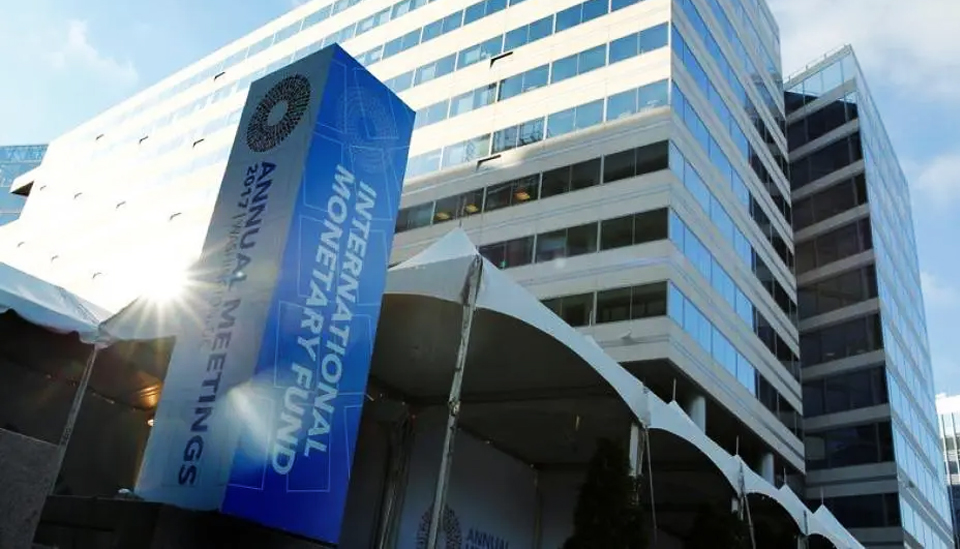The International Monetary Fund (IMF) cautioned on Tuesday about heightened inflation risks, raising doubts about the likelihood of multiple Federal Reserve interest rate cuts this year. In its latest World Economic Outlook update, the IMF noted a slowdown in the momentum of global disinflation, signaling potential hurdles ahead. The report pointed out that the recent increase in sequential inflation in the U.S. has fallen behind other major economies in the quantitative easing process.
This update coincides with traders ramping up expectations for a Fed rate cut in September. According to the CME Group’s FedWatch tool, Wall Street has fully priced in the likelihood of lower rates at the September 18 meeting, with another rate cut anticipated in November.
However, IMF Chief Economist Pierre-Olivier Gourinchas, speaking to CNBC’s “Squawk on the Street” on Tuesday, suggested that only one rate cut from the Fed is advisable this year. Gourinchas identified persistent services and wage inflation as complicating factors in reducing inflation.
While robust wages and service inflation are not necessarily alarming, they remain areas of concern for the U.S. economy. Gourinchas’ comments came after the U.S. Labor Department reported that the consumer price index (CPI) grew last month at its slowest year-over-year pace since April 2021. Despite this encouraging CPI report, Gourinchas noted that the uptick in inflation earlier in the year indicates that the path toward lower inflation and rate cuts might take longer than the markets expect.
“We’re leaning towards the possibility of some rate cuts in the latter part of the year, perhaps just one, or extending into 2024 and possibly 2025,” Gourinchas said.
Globally, the IMF forecasts a slowdown in the rate of disinflation in 2024 and 2025 due to persistently high services inflation and commodity prices across advanced economies. For the U.S. economy specifically, the IMF has lowered its growth outlook by 0.1 percentage points to 2.6% in 2024, citing cooling consumption and slower-than-expected growth at the beginning of the year.

